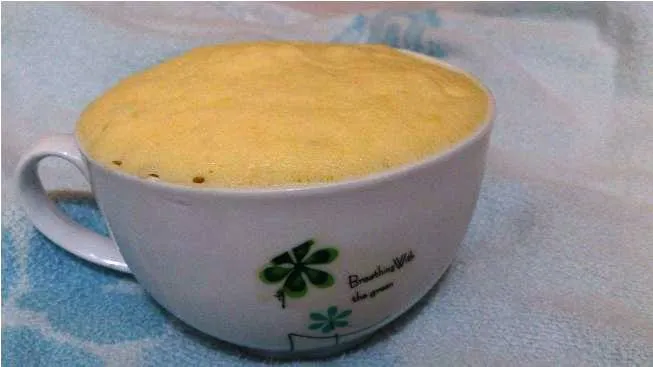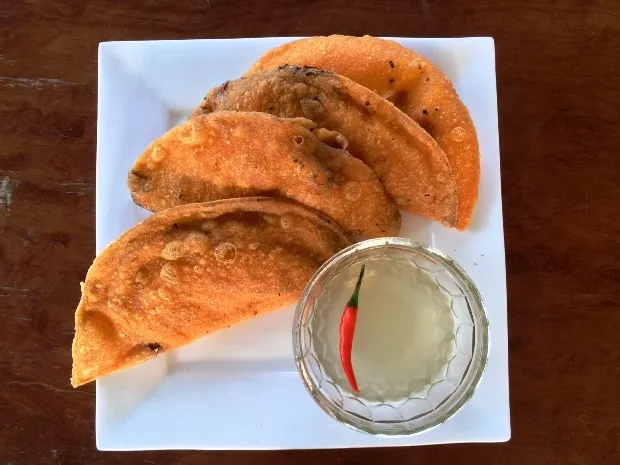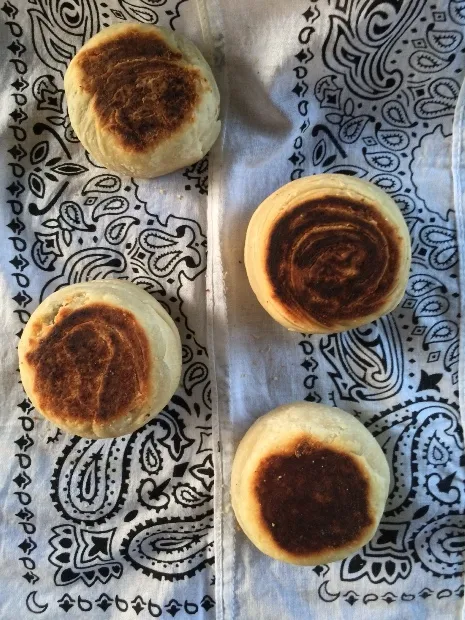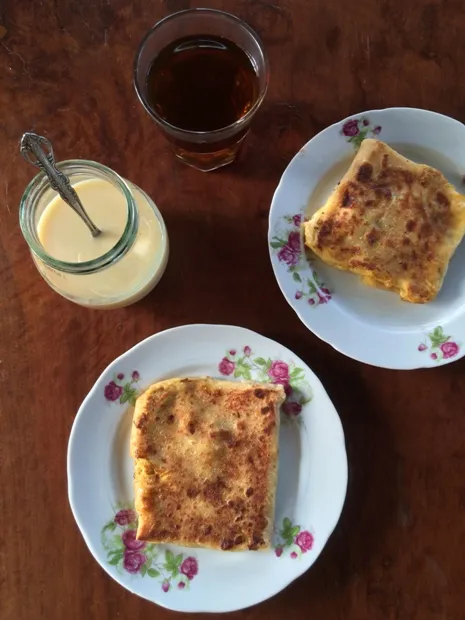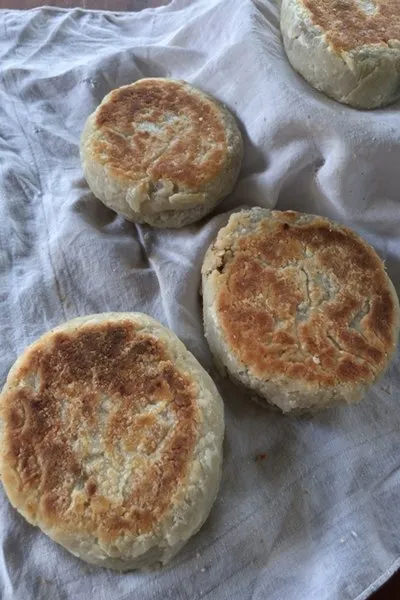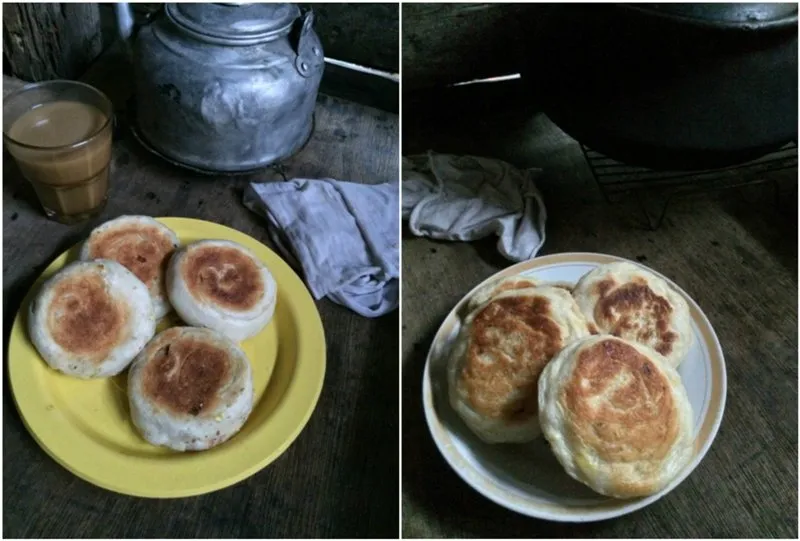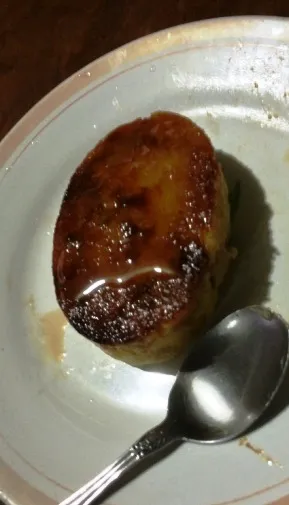Pumpkin Pie ~ My take on an American Classic
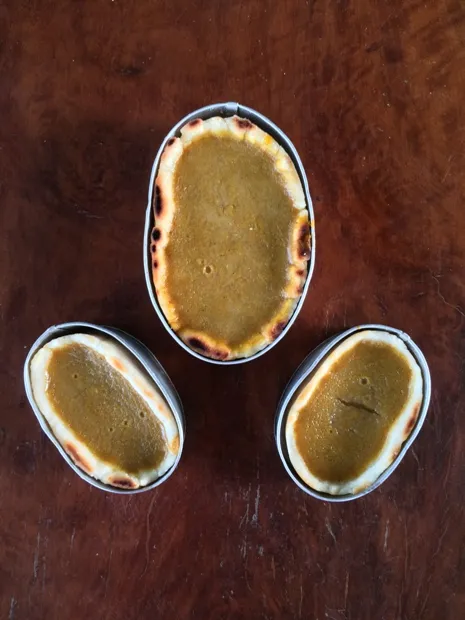
I've never had a pumpkin pie in my entire life because pumpkins and/or squashes are just meant to be savory here. I can't imagine pumpkin as sweet before, then it became a trend to put it in desserts because of the flavor and health benefits; still haven't tasted a sweet with pumpkin. So, pumpkin is generally accepted now to be used in sweet and savory alike but the idea of pumpkin pie with spices (some even call for black pepper and coriander) is still perplexing because the use of spices with sweets is not much accepted, it sure tastes alien here!
